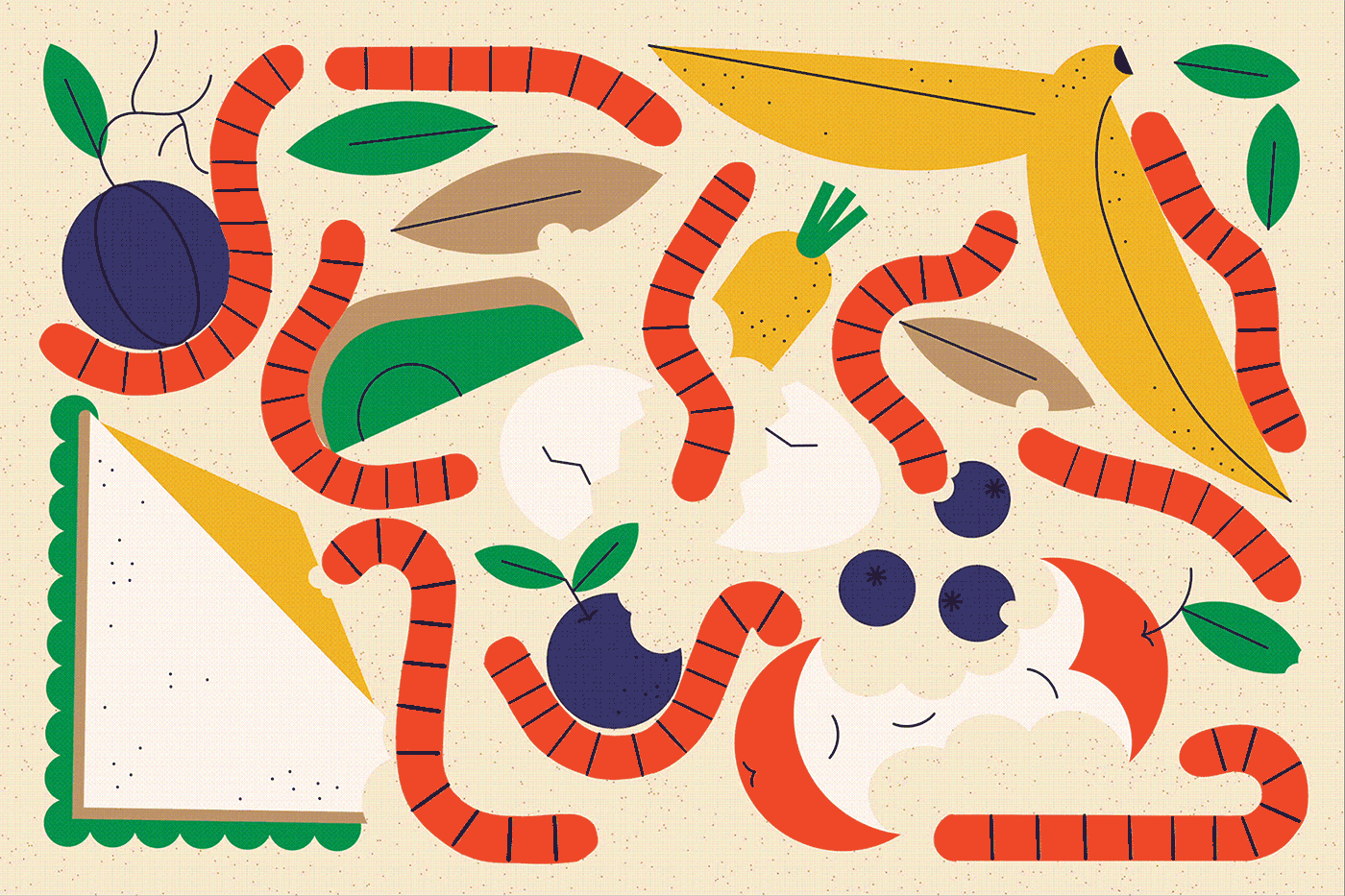Green Thumb : Fighting Never-Ending Battle of the Bugs
- Share via
The war has begun!
Well, let me back up a little. It didn’t start out as a battle. In fact, it began much more innocently. After our first spring in our new home, when we lugged over 150 bags of weeds out of our not-so-big back yard, we wanted life a little easier. We decided to spend our fall and winter tending to the yard a few hours a week and save the huge effort we normally spent before planting season.
With the weed situation well under way, we spent our energies turning in soil amendments, seeding the lawn and ordering seeds for our next season’s vegetable crop. But being the impatient person I am, I just can’t wait for my herbs to come in. So off to the local nursery I went. I had had problems with ants destroying my dill, so I bought a clay strawberry pot to plant the dill, sage, chives and oregano in. The basil (my favorite) never had any bug problems, so that went into the ground with collars made out of old two-liter plastic bottles to guard against bugs (just in case).
After carefully planting my bountiful crop, I went out a few days later and checked on its progress. The basil was nothing but chewed off stalks and the dill and sage were just beginning to get eaten.
Having a plethora of gardening reference books and subscribing to many gardening magazines, I was sure slugs/snails were “the enemy.” The damage was just like what those slimy creatures normally did. One cure for these garden pests that I had read about was putting up a copper barrier. Apparently, when they cross copper, it reacts with their body chemistry and causes an electric shock. I relished the idea! Since I do stained glass as a hobby, I have rolls of adhesive-backed copper foil. I wrapped this around the bottom of my strawberry pot and waited.
That night, I sent my boyfriend, Jason “The Bug Slayer,” out to see how many smoldering corpses he could find. To our shock and disgust, it wasn’t slime balls that were eating my herbs, but earwigs. Next to the potato bug, there is not a more repulsive garden creature to be found.
We knew there were tons of earwigs infesting our garden, but just assumed they were somehow “beneficial.” I mean, who ever heard of earwigs eating your seedlings? It was back to the gardening books for us. In all of those books, only one even mentioned these vile creatures. It suggested rolling up wet newspaper at night and in the day (when the earwigs hide in tight, damp places) just tossing the bug-infested rolls in the trash. That sounded easy enough. Of course, it just wasn’t that easy.
Our yard already has plenty of much more attractive tight, damp places for the little vermin to hang out in. If you could choose between a Motel 8 or the Ritz, where would you go?
So back to the local nursery we went. The Certified California Nurserypeople who work there were full of about as much advice as our gardening books. The best advice they could offer was to poison them. We try to stay away from as much poison in the yard as possible for two reasons: 1) we eat what we grow and don’t like eating chemicals; and 2) we have a lovely dog that we like alive.
It looked like we would have to come up with our own battle strategy. I decided to start with a minor offensive. I bought one of those plastic trays you put under pots for $1.29 and coated the inside with Vasoline and a sticky pest barrier. I set the pot inside this contraption. We also purchased some slug traps (the ones you half bury in the ground and fill with beer). We seeded these traps with beer and a little sprinkle of extra yeast. A few days later, the traps were brimming with drunk and drowned earwigs, and a slug or two. As an added precaution, “Colonel Bug Slayer” also dug up some gazania bushes around the artichokes and vegetable garden that are a favorite earwig hangout.
So far, so good. Damage has been minimized. The dog is still alive. But there are many earwigs to go. This is a never-ending battle. The troops are still on alert.






